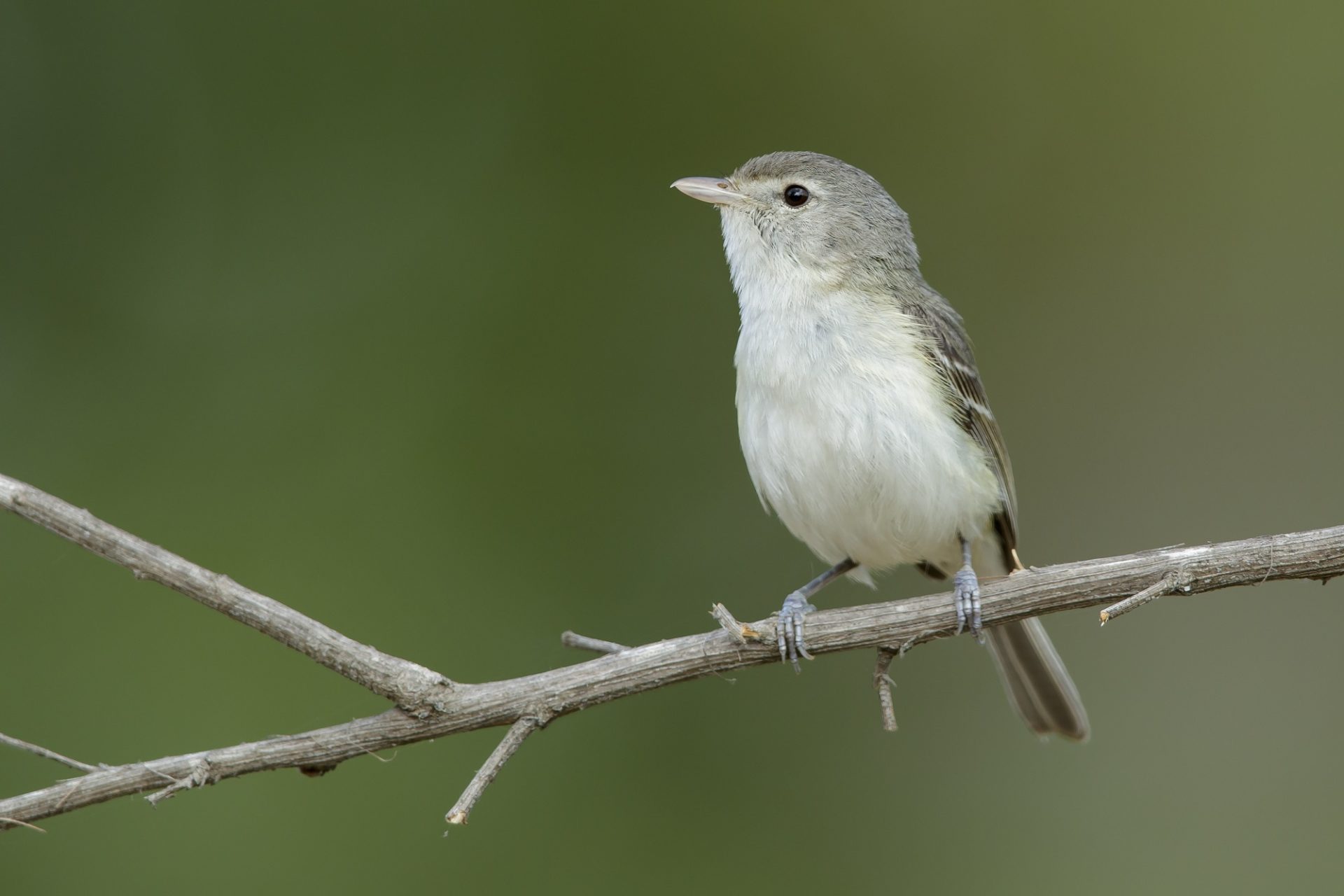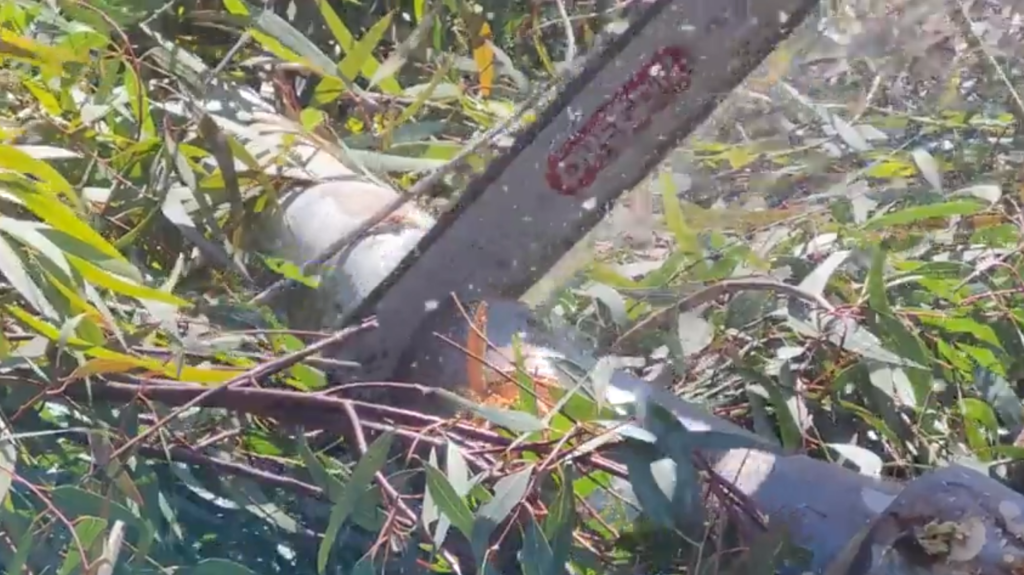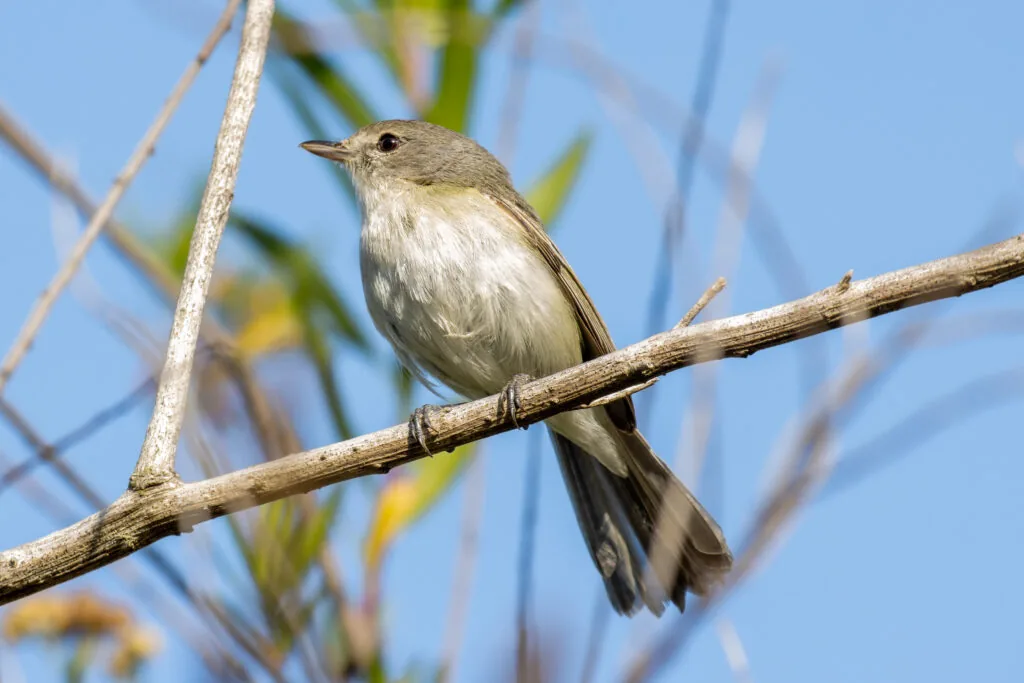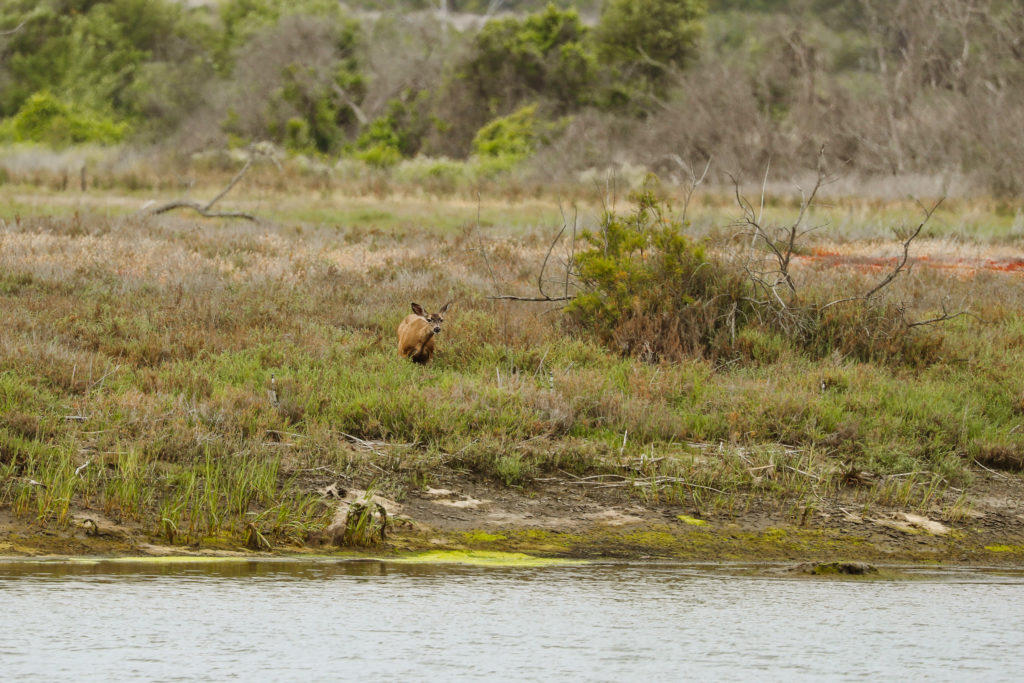San Elijo Lagoon Inlet Facing Possible Closure
Follow ( 0 Followers ) X Follow E-mail : * Follow Unfollow

Habitat restoration plays a crucial role in preventing and mitigating wildfires. Restoring degraded ecosystems can create healthier landscapes that are more resilient to fire.
Here’s why:
Fuel Reduction: Healthy ecosystems often have a natural balance of vegetation, including grasses, shrubs, and trees. This balance helps prevent the accumulation of excessive fuel loads, such as deadwood and dry underbrush, that can fuel intense wildfires.
Improved Soil Health: Restoring lands with native plants can improve soil health. Healthy soil absorbs moisture more effectively, reducing the risk of drought conditions that can contribute to wildfires.
Biodiversity: Diverse ecosystems support a wider range of plant and animal species. This biodiversity can help control pests and diseases that weaken plants and make them more susceptible to fire.
Natural Fire Breaks: Certain plant species, like fire-resistant grasses and shrubs, can act as natural fire breaks. These plants can slow the spread of wildfires and protect valuable ecosystems.
While Nature Collective’s primary goal in restoring habitat restoration is not fire mitigation, investing in habitat restoration projects can create safer and more resilient communities.
Nature Collective has many active habitat restoration projects throughout San Diego County, including the areas along Escondido Creek. Escondido Creek starts at Lake Wohlford and ends at the San Elijo Lagoon, where it connects to the Pacific Ocean.
One of our projects’ main goals is to significantly increase the habitat’s ecological functions along Escondido Creek. To attain this goal, we are removing invasive non- native trees, including eucalyptus, palms, and invasive understory plants.
This September alone, we removed 61 eucalyptus trees and 237,180 pounds of biomass. This equates to approximately eight and a half large dump trucks full of biomass being removed and less fuel for fire.
 Above: Cutting Eucalyptus Branches
Above: Cutting Eucalyptus Branches
These actions will transform the understory, a layer of vegetation beneath the forest’s main canopy, into a rich and diverse mix of native plants and shrubs.
Once established, the riparian trees will also create a beautiful canopy that will welcome more resident and migratory birds, including the federally endangered Least Bell’s Vireo, a small songbird that thrives in riparian areas.
 Above: Least Bell’s Vireo
Above: Least Bell’s Vireo
Concentrating our restoration efforts along Escondido Creek also enhances wildlife connectivity for mammals such as the Southern mule deer.
 Above: Southern mule deer
Above: Southern mule deer
Follow ( 0 Followers ) X Follow E-mail : * Follow Unfollow
Follow ( 0 Followers ) X Follow E-mail : * Follow Unfollow